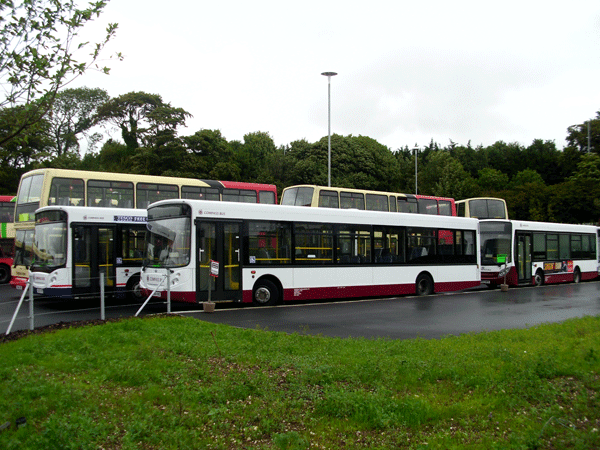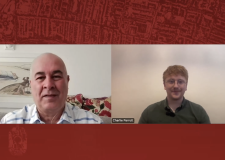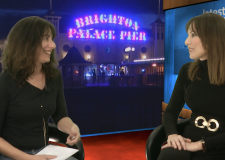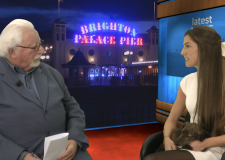Brighton & Hove Park & Ride
For years it was touted as the answer to our traffic problems but now it’s fallen from favour

Park and ride has had a chequered history in Brighton and Hove. While it’s proved its worth in several towns and cities, we’ve never quite made it work. Some say we’re short of land although one study identified more than a hundred possible sites. And when a location was picked – in Patcham – people living near by mobilised an effective campaign against it.
It was almost as if the politicians and officials wanted something which they saw as worthwhile but the public was less than impressed. And now it seems as though the tables may have been turned. Shopkeepers and business leaders have been sharing their concerns and ideas with a panel of councillors over the past few weeks. The rising price of parking has topped the list of moans for many. Creating a proper park and ride scheme has been a frequent constructive suggestion.
A few short years ago they would have been knocking on an open door. The crucial question wasn’t “do we need a park and ride?” It was “where can we put it?” An experiment using Withdean Stadium was not as successful as hoped. But the quest was still on. When the Greens were elected, some park and ride supporters were optimistic.
But in the autumn the party said that it wanted to drop the search for a site. It said: “The costs of providing park and ride facilities and linked bus services outweigh the benefits derived in terms of reducing traffic and congestion in the city. It is considered that more significant benefits could be achieved at less cost through alternative measures that are more deliverable.”
“An experiment using Withdean Stadium was not as successful as hoped”
In short, it was concerned that a park and ride site might keep some visitors from driving into the city centre only for local people to make use of the spaces. The Greens want those of us living in the city to make fewer short journeys and to walk, cycle or use public transport more. Putting up the price of parking is one policy being used to achieve these strategic goals.
Do we need a park and ride? The Greens say no. Labour and the Tories are in favour – in principle. In office, neither party managed to drive through a scheme. Do we want a park and ride? The appetite may have grown although not to a clamour. Acceptance of the idea has been helped by the match-day experience of thousands of football fans. Some have even suggested that Mill Road – much less busy since the Brighton Bypass opened in the 1990s – could become a permanent park and ride site rather than just on match days. The parking spaces being proposed on the site of the old Falmer High School have the makings of a second strategic site.
Will it solve our traffic problems? A trial lasting, say two years, at Mill Road and Falmer would be a good way to gather evidence. Traffic is not always a problem in itself. The circulation of vehicles and people around a town or city can be compared with the circulation of blood in the body. It’s a vital sign of health. We need traffic to flow.
No-one wants high blood pressure. But low blood pressure can also be a problem. And blockages are unhealthy. The same is true of traffic. No circulation equals death. And this is what our traders fear if we are not pragmatic about cars. The push for greener transport may take time and is not a realistic goal solely at local level. But the greener the vehicle, the harder it is to justify ignoring the merits of park and ride. And vehicles will become greener.
If we put off planning a well-thought out park and ride scheme along the main routes into our city, we will be endangering a crucial part of our economy. This means the A23 London Road, the A27 Lewes Road and the A259 seafront road, perhaps at or near the Marina and Shoreham Harbour. This can’t be achieved overnight. A generation of politicians and officials have already learnt this lesson the hard way. But jobs and businesses are at risk. We need to plan our journey and then get into gear before it’s too late.




















